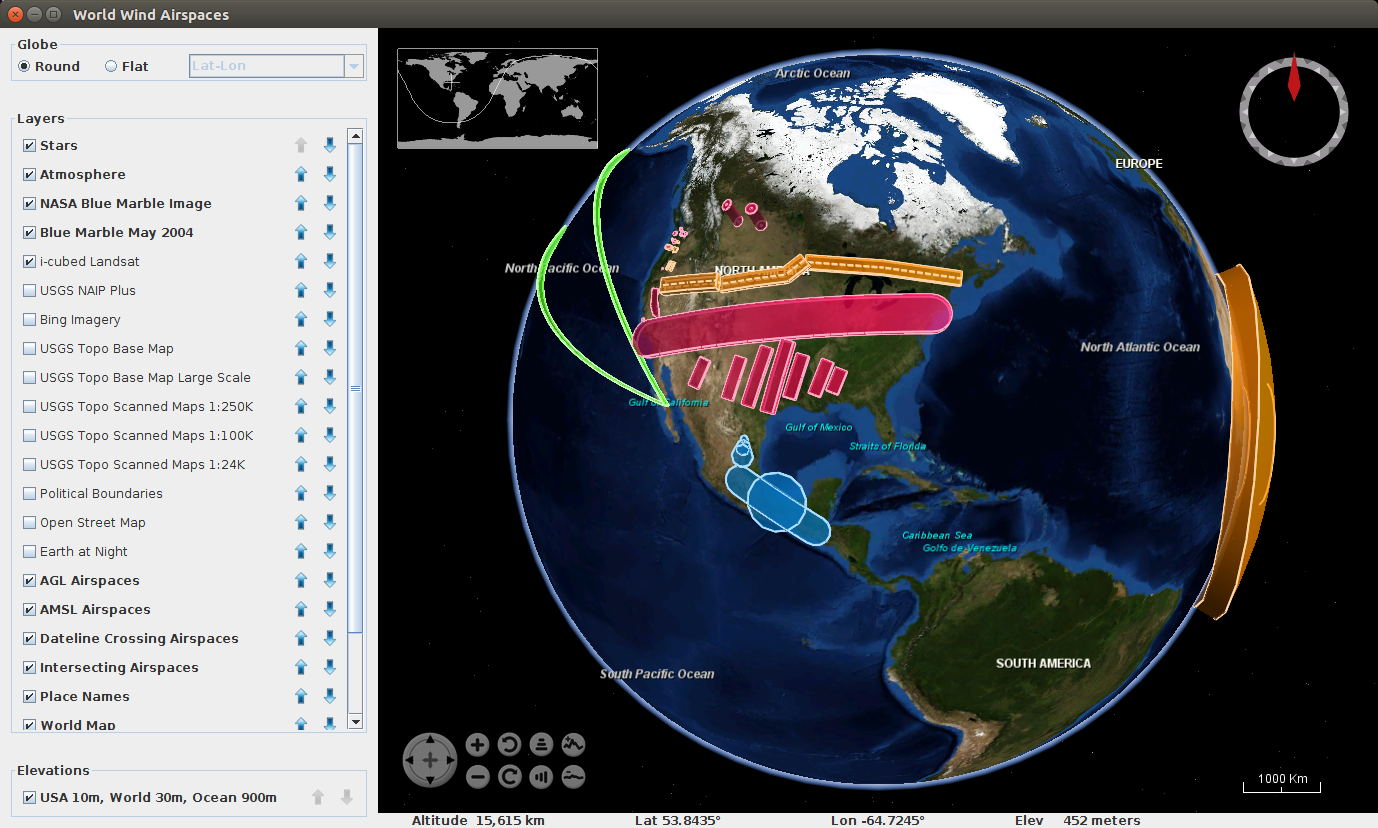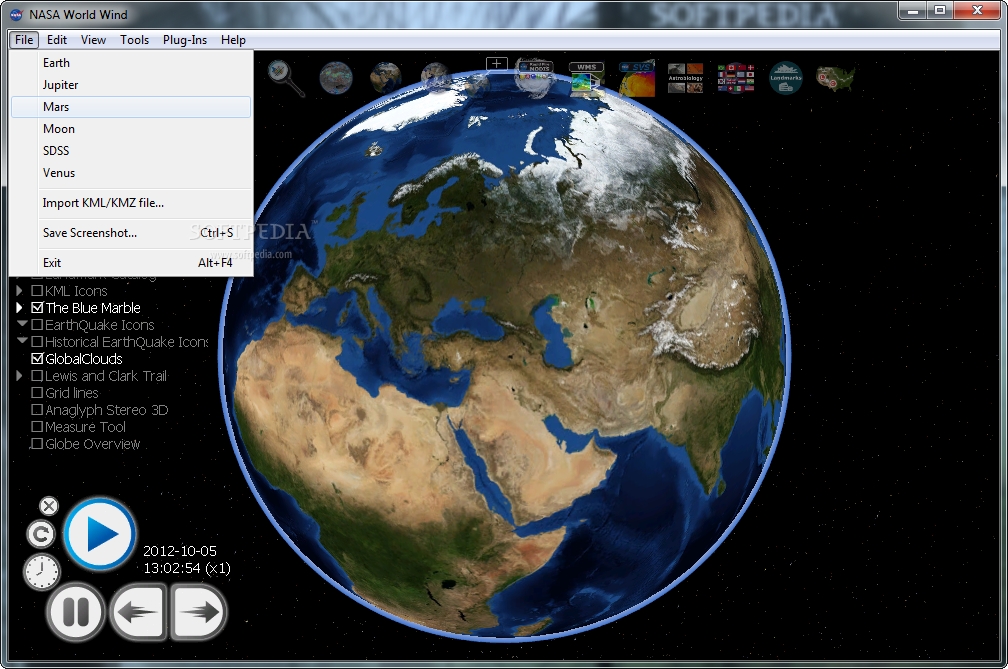
This layer can be interpreted as the thickness of smoke from wildfires and other sources of combustion.Ībout CO 2 concentrations for dates earlier than 04:30 UTC The aerosol optical thickness (AOT) of light at 550 nm due to organic matter suspended in air. Mass of atmospheric particles with a diameter less than 10 microns Mass of atmospheric particles with a diameter less than 2.5 microns Mass of atmospheric particles with a diameter less than 1 micron The aerosol optical thickness (AOT) of light at 550 nm due to sulfate The aerosol optical thickness (AOT) of light at 550 nm due to dust The fraction of carbon dioxide present in air at the earth's surfaceĪmount of sulfur dioxide in the air near the earth's surfaceĪmount of nitrogen dioxide in the air near the earth's surface The fraction of carbon monoxide present in air at the earth's surface Severe coral bleaching and significant coral death is likely. No heat stress or coral bleaching is present. The level of coral bleaching heat stress: Roughly equal to mean wave height as estimated by a "trained observer" OI SST: calculated from 1971-2000 OI SST V2 climatology OSTIA: calculated from 1981–present Pathfinder climatology RTG-SST: difference in ocean temperature from daily average during years 1981-2011 Risk of harm from unprotected sun exposure due to the strength of sunburn-producing ultraviolet (UV) radiation Perceived air temperature as combination of heat index and wind chill Indicates the buoyancy of air, a measure of atmospheric instability and predictor of severe weather Total amount of water in clouds in a column of air from ground to spaceĪmount of precipitation over the next three hoursĬonvective Available Potential Energy from Surface Total amount of water in a column of air stretching from ground to space Measure of power available in the wind: ½ρv 3, where ρ is air density and v is wind velocity While others are valid for the entire thickness of the atmosphere Wind Some overlays are valid at a specific height Overlays show another dimension of data using color This layer follows the contours of mountains, valleys, etc. The "Surface" layer represents conditions at ground or water level Ultraviolet Index and Erythemal Dose RateĬlimate Prediction Center / NCEP / NWS / NOAAįire Information for Resource Management System (FIRMS) / EOSDIS / NASA RTGSST (Real Time Global Sea Surface Temperature)ĬAMS (Copernicus Atmosphere Monitoring System) OSTIA (Operational Sea Surface Temperature and Sea Ice Analysis) Note: OI SST data is preliminary if fresher than two weeks and may change NOAA Physical Sciences Laboratory, Boulder, Colorado, USA OI SST (Optimum Interpolation Sea Surface Temperature) V2.1

NASA WORLD WIND VS CESIUM CODE
Since it is intended as a learning aid, the code is written in a style that we hope is easy to understand and follow, especially when accompanied by the book.įor information on getting up and running with the code on both Windows and Linux, see the instructions here.Help translate this site by visiting Community The code (and the book) draw from the authors' real-world experience working on STK, one of the earliest commercial virtual globes.
NASA WORLD WIND VS CESIUM PATCH
Terrain patch rendering using CPU triangulation, GPU displacement mapping, and GPU ray casting.Vector data rendering, including reading vector data from shapefiles.High-precision vertex rendering techniques to avoid jittering problems.

Techniques for avoiding depth buffer errors when rendered objects are found at widely varying distances from the camera.WGS84 (and other ellipsoid) globe rendering using tessellation or GPU ray casting.A well designed (and pragmatic) renderer abstraction making it easier and less error prone to interface with OpenGL.OpenGlobe has the following features and capabilities: It is not a complete virtual globe application, but is rather a core engine and a number of runnable examples.
NASA WORLD WIND VS CESIUM FULL
It is written in C# (with full support for running on Linux using Mono) and uses the OpenGL 3.3 core profile via OpenTK. OpenGlobe is a 3D engine for virtual globes (think Google Earth or NASA World Wind) designed to illustrate the engine design and rendering techniques described in our book, 3D Engine Design for Virtual Globes. But for a production quality, open source, virtual globe by the same authors (plus more), check out Cesium! Note: OpenGlobe is great for learning along with our book, 3D Engine Design for Virtual Globes.


 0 kommentar(er)
0 kommentar(er)
